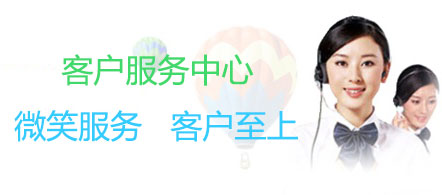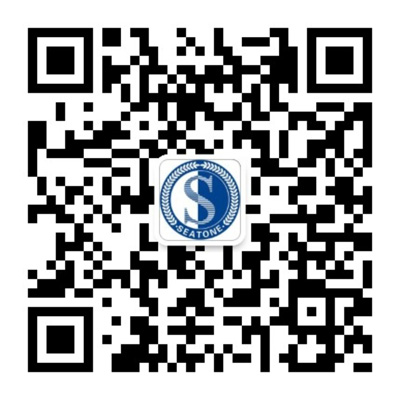
IAF Guidance on the Application of ISO 9001:2000
Accreditation reduces risk for business and its customers by assuring them that accredited bodies are
competent to carry out the work they undertake. Accreditation bodies which are members of the
International Accreditation Forum, Inc. (IAF) are required to operate at the highest standard and to
require the bodies they accredit to comply with appropriate international standards and IAF Guidance
to the application of those standards.
Accreditations granted by accreditation body members of the IAF Mutual Recognition Arrangement
(MLA), based on regular surveillance to assure the equivalence of their accreditation programmes,
allows companies with an accredited conformity assessment certificate in one part of the world to have
that certificate recognised everywhere else in the world.
Therefore certificates in the fields of management systems, products, services, personnel and other
similar programs of conformity assessment issued by bodies accredited by members of the IAF MLA
are relied upon in international trade.
IAF expects that all Accreditation Body Members will ensure that all accredited certificates issued
under their accreditations will comply with the attached guidance as from the date of issue of
ISO9001:2000
Accreditation reduces risk for business and its customers by assuring them that accredited bodies arecompetent to carry out the work they undertake. Accreditation bodies which are members of theInternational Accreditation Forum, Inc. (IAF) are required to operate at the highest standard and torequire the bodies they accredit to comply with appropriate international standards and IAF Guidanceto the application of those standards.
Accreditations granted by accreditation body members of the IAF Mutual Recognition Arrangement
(MLA), based on regular surveillance to assure the equivalence of their accreditation programmes,allows companies with an accredited conformity assessment certificate in one part of the world to havethat certificate recognised everywhere else in the world.
Therefore certificates in the fields of management systems, products, services, personnel and othersimilar programs of conformity assessment issued by bodies accredited by members of the IAF MLAare relied upon in international trade.IAF expects that all Accreditation Body Members will ensure that all accredited certificates issuedunder their accreditations will comply with the attached guidance as from the date of issue of ISO9001:2000
3. Guidance on ISO 9001:2000 Application
Guidance 1
All requirements of ISO 9001:2000 are generic in nature, and intended to apply to all
organizations. The situations in which specific requirements may be excluded are clearly
defined in ISO 9001:2000, clause 1.2 (“Application”).
A guidance document on the application of ISO 9001:2000 has been published by
ISO/TC176/SC2, as ISO/TC176/SC2/N524R, and is endorsed by this group. It is emphasized that
this guidance from ISO/TC176 is a living document, and may be subject to further revision. The
latest version of the guidance may be found on the ISO/TC176/SC2 website
(http://www.bsi.org.uk/iso-tc176-sc2).
Since ISO 9001:2000 will replace the 1994 editions of ISO 9001, ISO 9002 and ISO 9003,
particular care must be given in addressing the requirements of clause 7.3 of ISO 9001:2000
(“Design and Development”), since the inclusion or exclusion of this process will no longer be selfevident
from the title and number of the standard used for certification purposes.
Guidance 2
If the organization has responsibility for, and performs or outsources the design and
development of the products that are within the scope of its certification, then clause 7.3 of
ISO 9001:2000 shall be included in the quality management system.
When assessing the validity of requests for the exclusion of clause 7.3 of ISO 9001:2000,
attention shall be given to the definition of “Design and development” given in ISO
9000:2000 clause 3.4.4, as it relates to the product:
“Set of processes that transforms requirements into specified characteristics or into
the specification of a product…….”
ISO 9000:2000 also defines “Requirement” as a “need or expectation that is stated,
generally implied or obligatory”
If the organization is not provided with the product characteristics necessary to plan its product
realization processes and has to define those characteristics based on customer and/or
regulatory body requirements, this is, by definition, product design and development. This
process shall be addressed in the QMS, according to the requirements of clause 7.3 of ISO
9001:2000.
NOTE:
i) “Design and development” has traditionally tended to focus on “tangible” products,
but is equally applicable where the “product” of an organization is a service.
ii) The organization may choose to outsource its design and development process, in
which case clause 4.1 of ISO 9001:2000 shall apply.
iii) An organization may not be responsible for the design and development of all the
products within the scope of its quality management system.
iv) An organization may have the responsibility and authority to make changes to the
product specification or to the characteristics of the product, even though it was
not responsible for the original design and development process. In these
circumstances, some requirements of the sub-clauses of clause 7.3 may not be
applicable, but clause 7.3 shall not be excluded in its entirety.
Guidance 3
Certificates issued to ISO 9001:2000 shall state clearly in words the scope of the quality
management system (QMS) in a way that will not mislead customers, and shall ensure that
information is available for the user to determine which categories of product and product
realization processes are included within the scope of certification/registration. In
particular, scope statements shall be explicit in stating the responsibility for product
design and development and other principal realization processes such as manufacturing,
sales, and service.
a) The exclusion of clause 7 requirements may relate to all or only some of the product
categories that are within the scope of the organization’s QMS. Justification for the
exclusion of any requirement must be given in the organization’s quality manual, and the
certification /registration body shall review the validity of any such exclusion during
certification and surveillance audits.
b) If the organization has responsibility for and realises or outsources the design and
development process, the scope statement for certification/registration shall include the
words 'Design of ....', 'Development of ...', or 'Design and development of ....'.
End of IAF Guidance on the Application of ISO 9001:2000.

 鲁公网安备 37020602000060号
鲁公网安备 37020602000060号